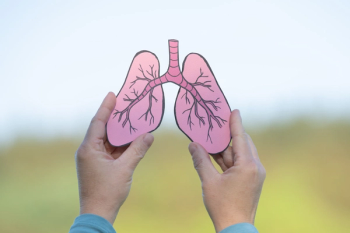
Working with Interdisciplinary Teams on Patient Safety
Patricia Kienle, BSPHARM, MPA, FASHP, discusses how and why compounding pharmacies should work with interdisciplinary teams on issues of patient safety.
Patricia Kienle, BSPHARM, MPA, FASHP, discusses how and why compounding pharmacies should work with interdisciplinary teams on patient safety. This video was filmed at the
Patricia Kienle, BSPHARM, MPA, FASHP: I think there's a couple of issues that need to be identified for a pharmacy to oversee that whole sterile compounding piece. Part of it is the nonhazardous drug that you do, but what you have to remember is that 797 also deals with hazardous drugs. The guts of that information is in
Newsletter
Stay informed on drug updates, treatment guidelines, and pharmacy practice trends—subscribe to Pharmacy Times for weekly clinical insights.
















































































































































































































